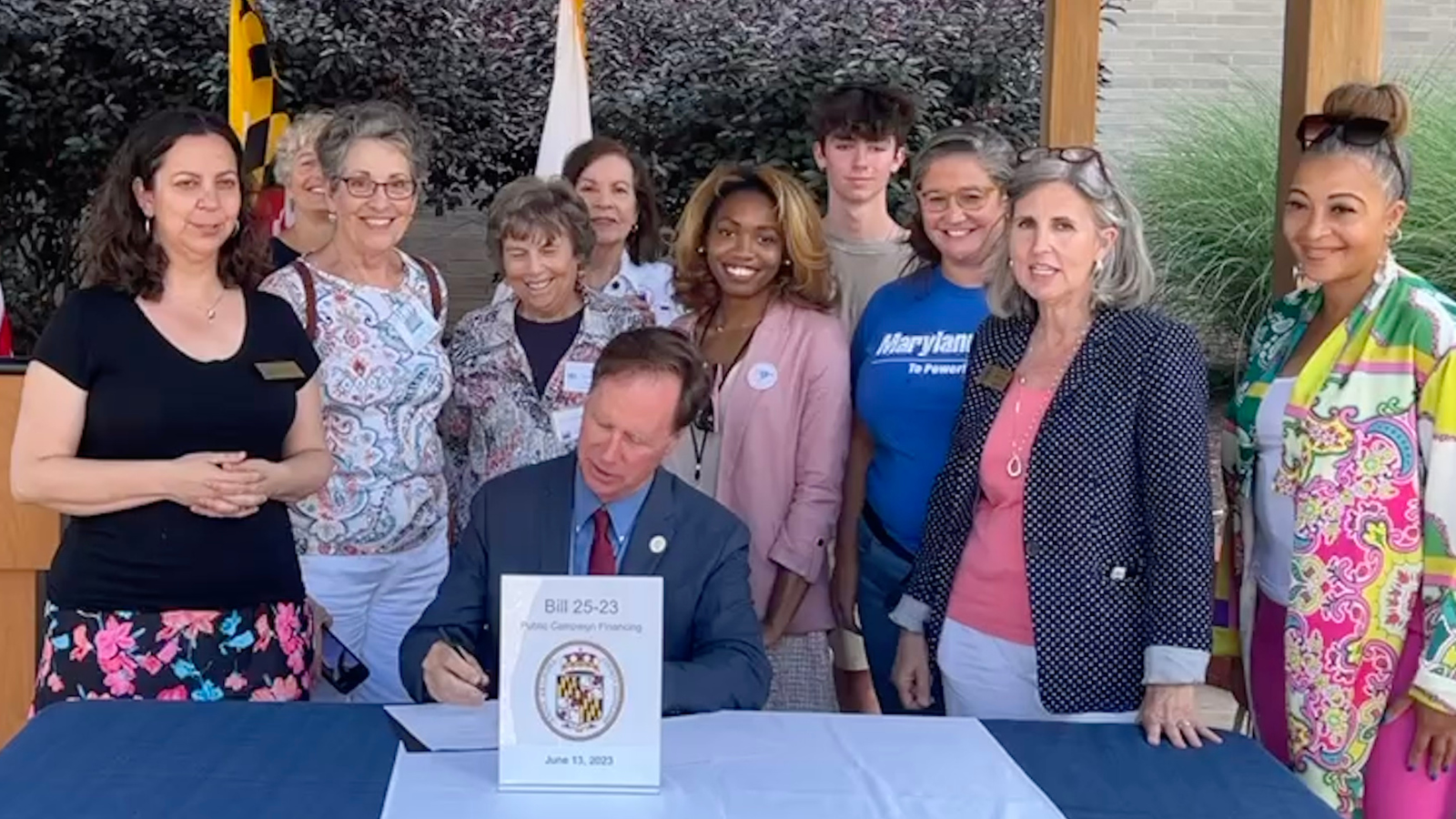When verifying mail-in ballots, states must follow the ‘measure twice, cut once’ rule
A few days after Colorado’s June primary election, I received an email from the Denver Elections Division telling me that my vote didn’t count. Here is the story of how I fixed it and why the whole process is important.

This is a guest blog written by Larry Rossini, a volunteer with The Public Interest Network.
A few days after Colorado’s June primary election, I received an email from the Denver Elections Division telling me that my vote didn’t count. Apparently, the signature on my return envelope did not match what elections officials had on my voter registration file.
I was surprised, but I suppose I shouldn’t have been. The same issue occurred after the March presidential primary. I’ll admit — I was frustrated and annoyed that this was happening a second time. But ultimately, after going through a verification process called “curing,” my votes were counted. If I’m honest with myself, despite the mild inconvenience, this is a good story. It means we have strong election security in Colorado, and our state is committing to counting every legitimate vote.
Colorado is one of five vote-by-mail states where all registered voters are mailed a ballot for every election. But even before I lived in Colorado, voting by mail had become a regular thing for me. I’ve voted in Oregon — another vote-by-mail state — and I’ve voted absentee in Massachusetts when I was away on Election Day, and in Florida, where absentee ballots are available to anyone upon request.
Interestingly, though, I had never had an issue with vote-by-mail until I moved to Colorado. Clearly, there’s a problem with my handwriting now. Maybe it’s the arthritis in my wrist. Or simply that my fine motor skills have diminished with age. Or, frankly, that my handwriting has always been terrible.
The fact is, for two elections in a row, the Denver Elections Division has been unable to verify my signature and my ballot was not counted on Election Day either time. Signature matching is one of the most common ways states determine the legitimacy of mail-in ballots and prevent fraud. If trained election officials notice a discrepancy between the signature in the voter’s registration file and the signature on the ballot, the ballot is initially not counted.
While having my ballot rejected at first was annoying, it would be beyond infuriating if there was no recourse to fix the problem and I was left disenfranchised. Luckily, Colorado has a robust and efficient “curing” process in place to verify ballots initially deemed questionable. In my case, it was easy to cure my ballot and have my vote count.
Here’s how it worked. After I received the email alert that there was an issue with my signature, I got another alert a few days later in the mail. As the mailer instructed, I used my mobile phone to get on the election office website, filled in my voter ID (which is provided), completed and signed the affidavit, and took a photo of and submitted my driver’s license. It was all done online, and only took a few minutes. I received a nearly-immediate response that the cure had taken — meaning that my vote had been counted. I could have completed the same process by filling out and emailing the form that came by regular mail.
Again, this is a good story because Colorado has a strong vote-by-mail and curing system in place. But I do wonder if I lived in another state if my story would have ended the same way. Would I have been notified that my ballot wasn’t counted?
The short answer is that it depends. But there’s reason to believe I might not have been notified. Most states have expanded mail-in voting due to COVID-19, and huge numbers of voters have been taking advantage of this option. But alongside the surge in absentee voting, we’ve also seen thousands of ballots rejected over fixable problems — sometimes with the voter not given a chance to correct them.
If states don’t have a vote curing system, thousands of voters could be unfairly disenfranchised. And right now, only 19 states require that voters be notified when there’s a discrepancy.
If my experience is any indication, as states continue to prepare for huge increases in mail-in voting this November, it’s just as important that they focus on voter education and a curing system. They should look to Colorado as an example, and do everything they can to ensure all legitimate ballots are counted.
In all likelihood, I’ll have to go through this vote curing process again. I’m not happy with my limitations but I’m willing to cure my ballot every time if it means our elections are secure. Signature matching is one of the best defenses we have to make sure that mail-in ballots are legitimate, and it’s worth going through that extra step if it means we can have more confidence in our elections.
Here is a video from the Denver Elections Division about how the signature verification process works.
Topics
Authors
Joe Ready
Find Out More

TexPIRG fall update

How misinformation on social media has changed news

Small donor public financing victory in Anne Arundel County


